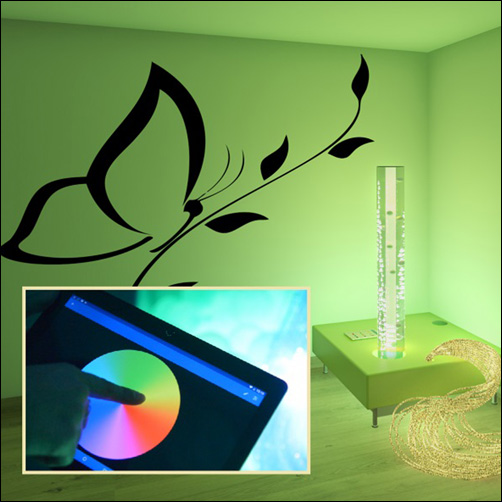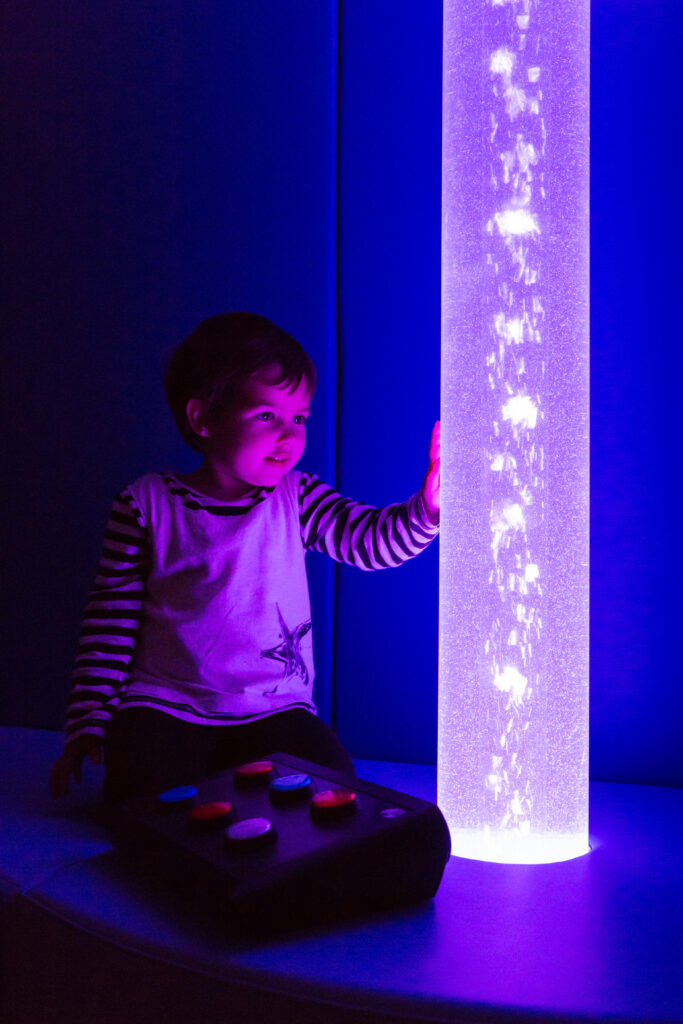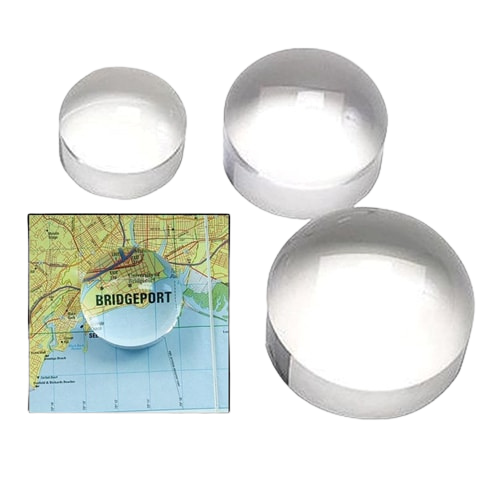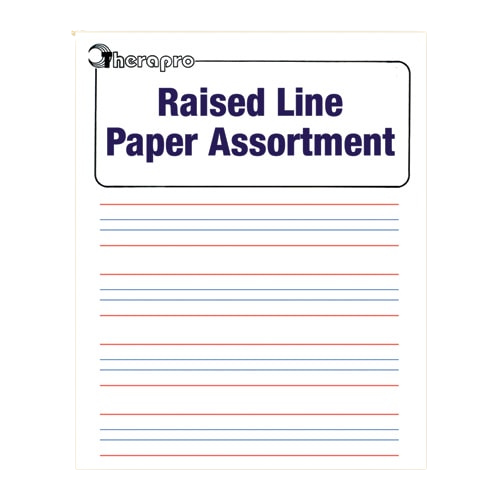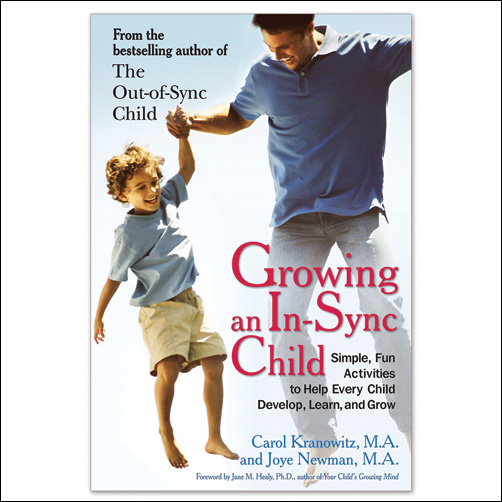In today’s dynamic classrooms and therapy settings, keeping students engaged and focused can be a challenge—especially for those who struggle with sitting still. But what if seating could encourage movement while enhancing concentration? That’s the power of dynamic seating for learning. Alternative seating solutions like the Kore Wobble Chair, Wiggle Wobble Chair Feet by Bouncyband, and The AlertSeat allow children to stay active while working at standard desks or tables, promoting better posture, focus, and core strength. For floor-based learning, options such as floor cushions, scoop rockers, and Howda Designz Chairs provide comfortable, flexible seating that supports sensory needs and active learning. At Therapro, we believe that active seating isn’t just a trend—it’s a proven strategy for enhancing learning, movement, and overall well-being.
What is Dynamic Seating?
Dynamic seating refers to chairs or seating solutions that allow for some degree of movement. Unlike traditional chairs, these seats encourage slight movements that help improve focus and engage muscles in the body, especially in the core and trunk. This kind of seating is ideal for students or individuals who struggle with staying seated for long periods but still need to focus on tasks like reading, writing, or listening.
Some examples of dynamic seating for learning include:
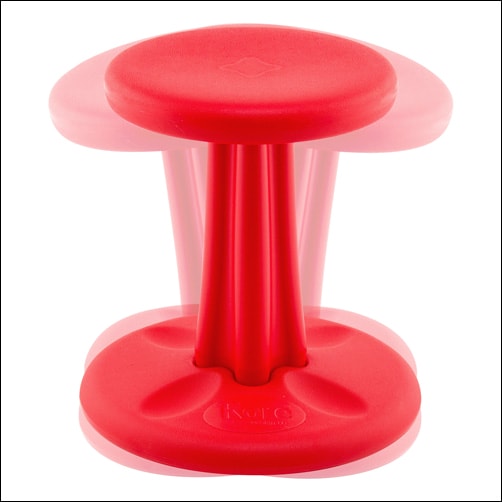
Kore Wobble Chairs: These chairs feature a rounded base that allows children to rock, tilt, or swivel while seated. They are perfect for classrooms and therapy settings where movement is essential for focus and engagement.

Wiggle Wobble Chair Feet by Bouncyband: These simple, rubber feet can be attached to most standard chairs, transforming them into dynamic, wobble seating. They are an excellent solution for classrooms or home offices.
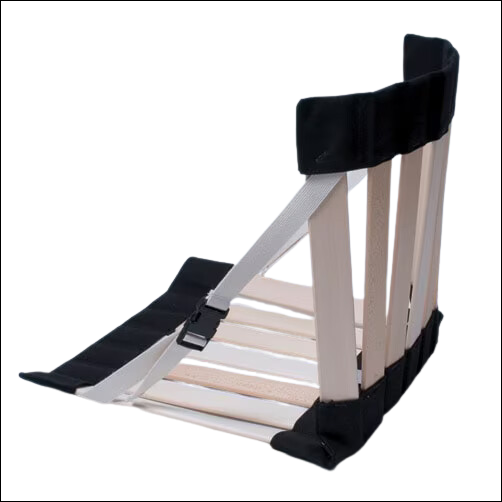
The Howda Designz Chairs: Designed for floor-based learning, Howda Hug Design Chairs offer flexible, supportive seating that promotes core engagement, posture, and sensory input. Their lightweight, adjustable design allows for gentle rocking, helping improve focus and self-regulation in classrooms, therapy sessions, and home learning spaces.
How Does Dynamic Seating Help?
Improved Focus and Engagement:
For many children, especially those with ADHD, sitting still for long periods can be a struggle. Dynamic seating offers an outlet for excess energy, helping them stay focused on tasks without feeling restless. By allowing movement, these chairs help children channel their energy into productive ways, which leads to improved engagement in learning.
Better Posture and Core Strength:
Sitting on wobble seating, therapy balls, or using floor cushions helps engage the core muscles, which can lead to better posture over time. For kids who have trouble sitting upright in traditional chairs, this added stability from active seating encourages proper alignment and muscle engagement, promoting overall physical health.
Sensory Integration and Regulation:
For children with sensory processing challenges, dynamic seating can help self-regulate. Movement allows for sensory input, which can calm or energize a child, depending on their needs. It offers them a way to manage sensory overload while remaining engaged with their environment.
Ideal Use Cases for Dynamic Seating:
In Classrooms:
Dynamic seating can benefit students with attention challenges, sensory needs, or those who require additional support to remain focused during lessons or independent work. Products like the Kore Wobble Chair and Wiggle Wobble Chair Feet can be used in classrooms to promote active engagement.
In Therapy Sessions:
Therapists use dynamic seating to help children improve their motor skills, posture, and sensory integration. It’s an effective tool for occupational therapy and other therapies that target movement and coordination. The AlertSeat is a great option for therapists looking to provide a subtle yet effective seating solution.
At Home:
Parents can incorporate dynamic seating in their home learning environments. This allows kids to stay engaged during homework or study time while benefiting from the added movement.
Dynamic seating is a game-changer for those looking to improve focus, posture, and movement during learning activities. Whether in the classroom, therapy setting, or at home, active seating solutions provide the perfect balance of support and movement to enhance learning and physical well-being.
Explore our full range of Sitting and Moving seating solutions at Therapro and discover the perfect chair to support your active learners. Shop now!

